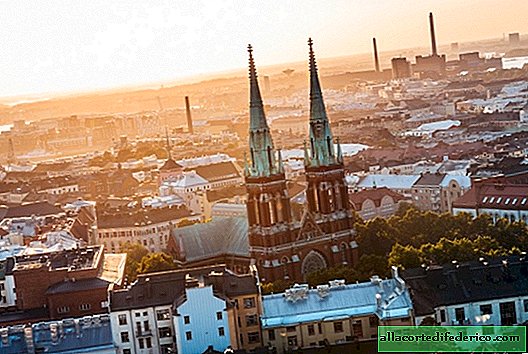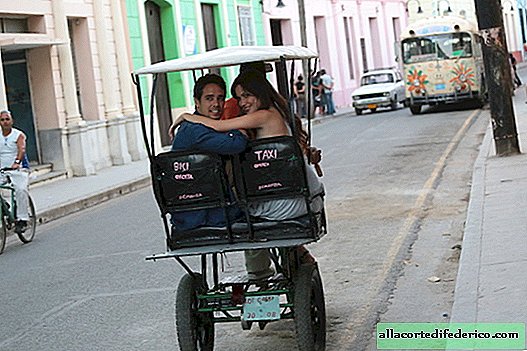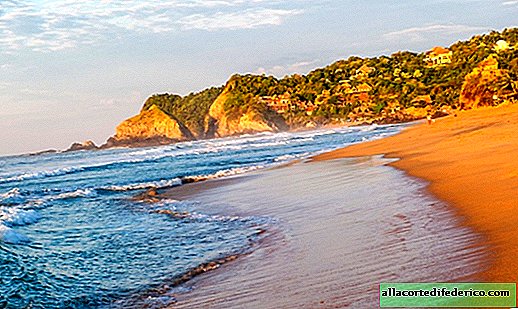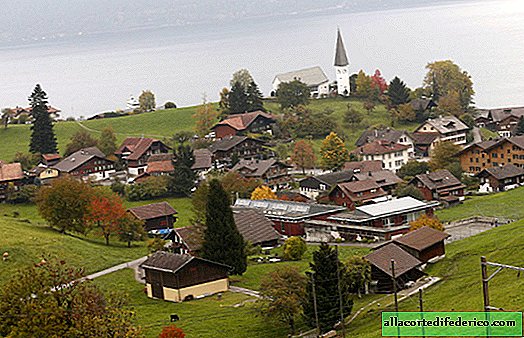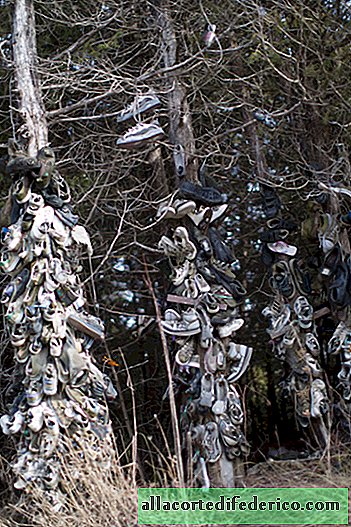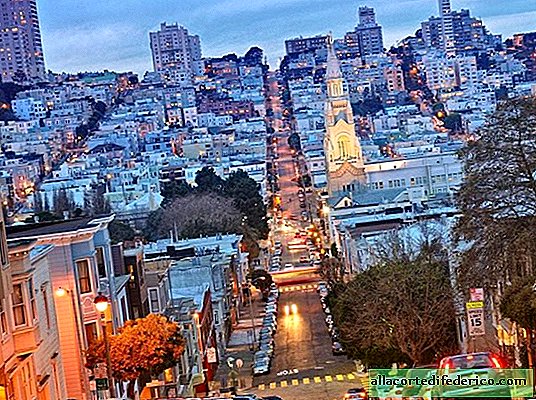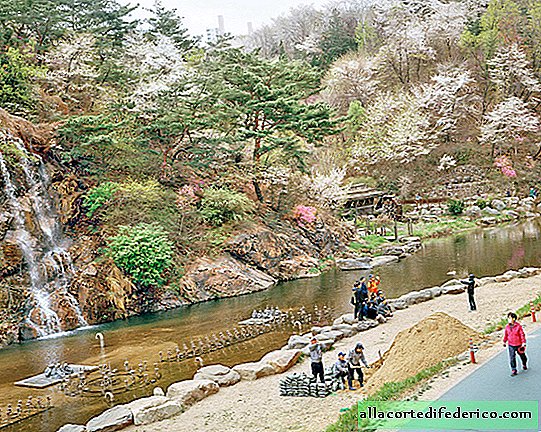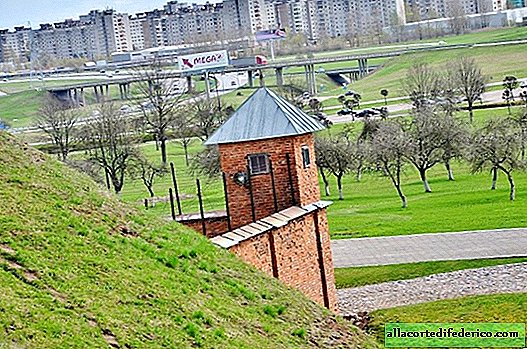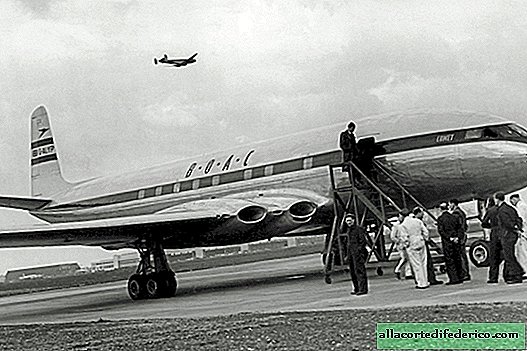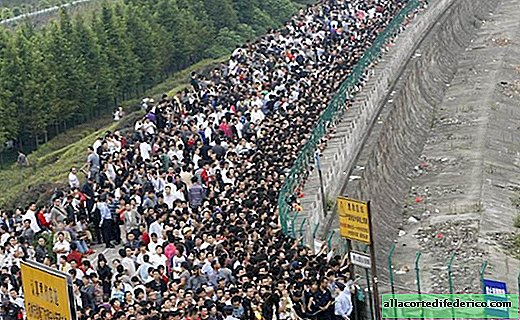The Golden Ring of the Bosporus Kingdom: The Antique Heritage of the Black Sea Coast
The territory of the Black Sea region has a favorable climate, and therefore has been inhabited since ancient times. In the 7th-6th centuries BC, Greek immigrants arrived in the northern Black Sea region, who founded the Bosporus state here. To this day, the remains of ancient Greek cities and fortifications have survived, which are included in the new tourist route called the Golden Ring of the Bosporus Kingdom.
 Museum-Reserve "Tauric Chersonesos", Crimean Peninsula
Museum-Reserve "Tauric Chersonesos", Crimean PeninsulaAntique Greeks actively populated favorable regions outside of Ancient Greece and founded colonies there, including on the shores of the Black Sea. The Bosporus kingdom was located on the territory of modern Crimea, and also captured the coasts of the Black and Azov Seas.
 The territory of the Bosporan kingdom
The territory of the Bosporan kingdomStarting from the 7th-6th centuries BC, the Greeks erected more and more cities and actively explored the territory of the northern Black Sea region. Over time, the need arose for defense against nomadic tribes, and fortified acropolises began to appear in the cities, the remains of which have survived to our time. Most of the kingdom's major cities were located on the coast, they had seaports and were actively involved in trade.
 Greek cities on the Black Sea
Greek cities on the Black SeaThe Bosporus kingdom had developed agriculture, handicraft production, minted its own coins and expanded into neighboring regions. The kingdom maintained its independence until the 2nd century BC. Then the Bosporus state became part of the Pontic kingdom, and in the 1st century BC it fell under the power of the Roman Empire.
 Panticapaeum - capital of the Bosporan kingdom, reconstruction
Panticapaeum - capital of the Bosporan kingdom, reconstructionThe center of the ancient state was the region of the Kerch Strait, which the Greeks called the Cimmerian Bosporus - hence the name of the kingdom. The capital of the Bosporan state was the city of Panticapaeum, located in the area of modern Kerch. In addition to it, there were several other large cities: Phanagoria, Hermonass, Gorgippia, Kimmerik, Nymphaeum and others. Most cities of the Bosporus kingdom were destroyed during the invasion of the Ostrogoth and Hun tribes, and what remains of the ancient heritage is today recognized as objects of cultural heritage.
 Archaeological Museum "Gorgippia", Krasnodar Territory
Archaeological Museum "Gorgippia", Krasnodar TerritoryThe creation of the Golden Ring of the Bosporus Kingdom route is designed to increase public interest in the ancient heritage of Russia, as well as to reveal the cultural and historical potential of the region. The Golden Ring of the Bosporan Kingdom will include objects on the territory of the Krasnodar Territory (Gorgippia Archaeological Museum, Fanagoria Museum-Reserve, Taman Museum Complex), Republic of Crimea (Naples Scythian Museum, East Crimean Historical and Cultural Museum- reserve), the museum-reserve "Tauric Chersonesos" in Sevastopol and many other objects. It is assumed that, based on this route, bus tours will be formed, as well as sea cruises, during which it will be possible to visit the ancient cities of the Bosporus kingdom.
 Museum-Reserve "Fanagoria", Krasnodar Territory
Museum-Reserve "Fanagoria", Krasnodar Territory

